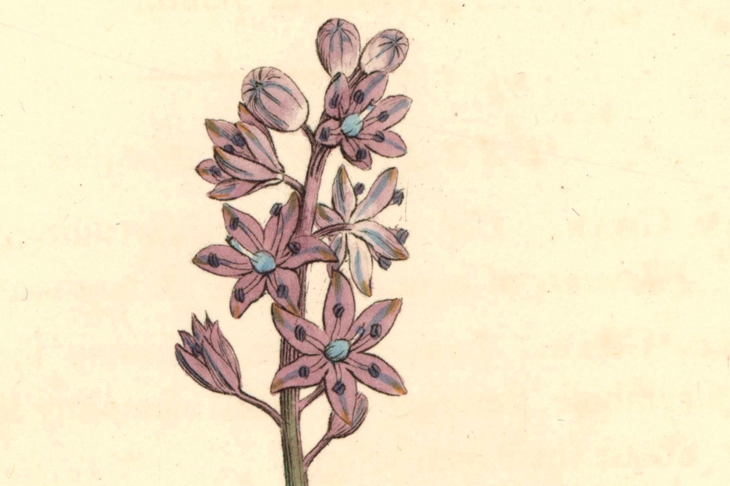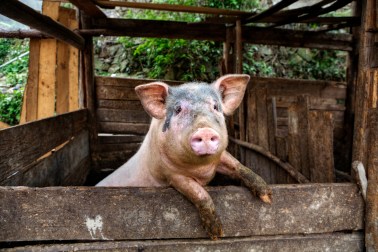The autumn squill, Scilla autumnalis, has bright bluebell-coloured starry flowers. It is rare in the British Isles. It is also tiny, so small that most people could easily clodhop straight over it without noticing how lovely it is. I nearly did just that when I went looking for it in Surrey last summer until a kindly local botanist helped me find it flowering away on a grass verge.
I went home pleased to have met such a minutely pretty wild flower. But a few days later, the kindly local botanist got in touch again, distraught. The local council had strimmed the verge where the autumn squills grew, and they were no more. He had even told them that they should leave this patch of grass until later in the year so that the tiny squills could set seed, but someone had cut them down all the same.
Far more common than the autumn squill is the sight of a man with a strimmer cutting back the grass at the side of the road and with it the oxeye daisies, cowslips and other native flora which had been minding their own business while brightening up everyone’s drive.

Get Britain's best politics newsletters
Register to get The Spectator's insight and opinion straight to your inbox. You can then read two free articles each week.
Already a subscriber? Log in








Comments
Join the debate for just £1 a month
Be part of the conversation with other Spectator readers by getting your first three months for £3.
UNLOCK ACCESS Just £1 a monthAlready a subscriber? Log in